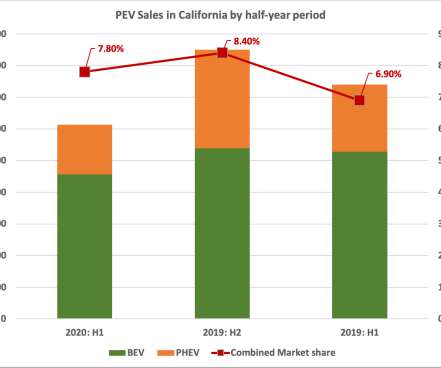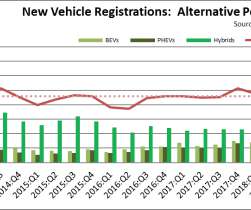CMU study finds small battery PHEVs and gasoline hybrids the least-cost policy solution to reducing gasoline consumption
Green Car Congress
OCTOBER 29, 2012
The federal subsidy significantly favors larger battery packs to a stronger degree than their potential for additional gasoline savings. Peterson and Michalek 2012. A 2011 paper by Michalek and colleagues found that strategies to promote adoption of HEVs and PHEVs with small battery packs offer more social benefits (i.e.,

























Let's personalize your content